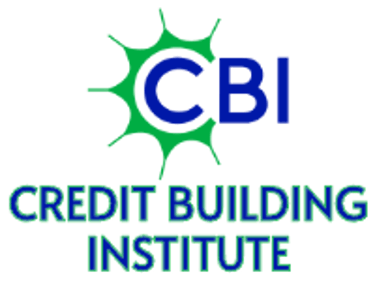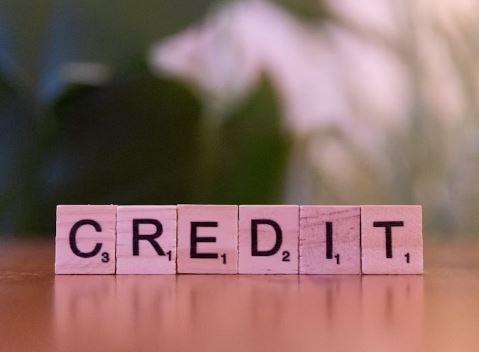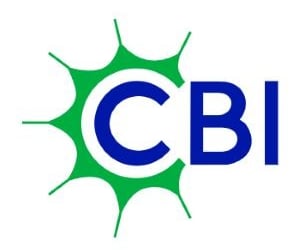You can gradually improve your score within a few months by:
1. Making on-time payments.
2. Keeping your credit card balances low.
3. Diversifying your credit accounts.
However, building a solid credit history is a gradual process that takes time and consistent effort. While you can see progress relatively quickly, achieving a high credit score usually requires years of positive credit behavior. It can take longer to rebuild credit after a significant adverse event, such as bankruptcy or a defaulted loan.
Nine ways to build credit fast
Credit building is like learning any other new skill: education, practice, and patience are the keys to mastery. However, there are tactics you can use to build credit relatively quickly, some of which can be achieved within a single reporting cycle.
1. Understand the concept of credit
Credit is the ability to borrow money or obtain something of value with the understanding that repayment will be made to the lender later, typically with interest. Before implementing any strategies, it's essential to learn about credit, including credit repair, credit score ranges, factors that affect your credit score, reporting basics, responsible credit management, and types of credit. Understanding each section of your credit report is crucial for comprehending its impact on your credit score.
2. Check and monitor your credit
Remember to regularly check your credit report to stay informed about significant changes and detect any signs of identity theft. You can access your free annual credit reports from all three bureaus at AnnualCreditReport.com. For more frequent check-ups, consider getting updates from your banking institution or credit card company, or use free or paid credit monitoring services.
3. Dispute credit report errors
Disputing errors on your credit report is crucial for maintaining accurate financial records and ensuring your creditworthiness. Review your credit report carefully, gather evidence to support your dispute, and submit it to the credit bureaus online or by mail. The credit bureau will update your credit report if the error is confirmed. If the dispute isn't resolved in your favor, you can add a statement of disagreement to your credit report.
You can visit the three major credit bureaus’ online dispute centers at:
4. Open a credit card account
Opening your credit card account can help you build credit. Responsible use, such as making timely payments and keeping balances low, can establish a positive credit history. Consider secured credit cards if you have no credit history or a poor credit score. Funds secure these cards in a savings account and can help improve your credit when the lender reports on-time payments to the credit bureaus.
Please note that applying for a new credit account may temporarily lower your credit score. Still, if the account is in good standing, your score may increase when the lender reports your responsible behavior.
5. Take out a credit-builder loan
Consider a credit-builder loan, designed to help individuals with limited or poor credit history establish a credit history. With this type of loan, the lender holds the loan funds in a savings account or certificate of deposit as collateral. Your monthly payments are reported to the credit bureaus, which may help improve your credit score once the loan is paid off.




